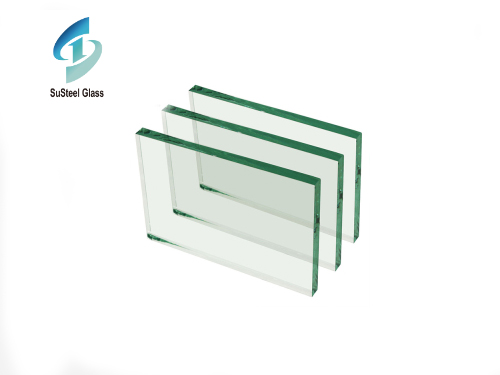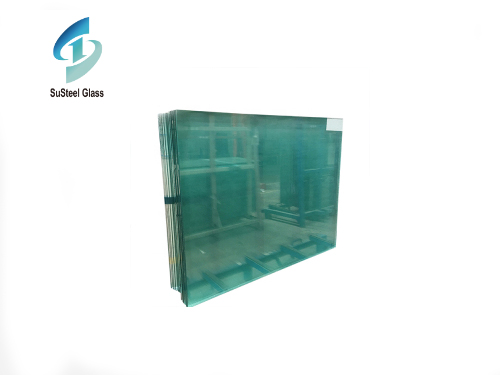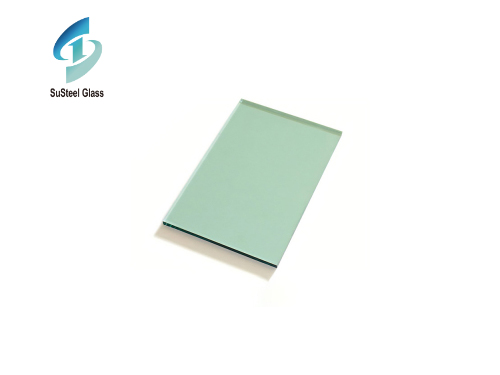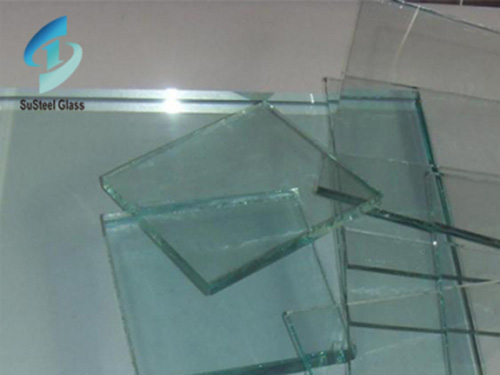
The production of heat bending glass is mainly carried out in the hot bending furnace. High quality float glass is selected first, and then heated and deformed in the hot bending furnace according to the prescribed procedures. The main heating methods in the hot bending furnace are: radiation heating, conduction, flow heating, etc.
1. Thermal radiation heating
Put a piece of cold glass to be processed into the hot bending furnace and start the machine. All kinds of heat elements in the furnace, ceramic sticks and furnace wall insulation materials will radiate large and small heat radiation to heat the glass. According to practice, the darker the color of the original glass, the better the heat absorption capacity, and the heating time of this kind of glass can be shortened by about 10%.
2. Flow heating
With the development of heat bending glass heating technology, flow heating has derived a variety of processing methods:
A. Natural convection heating: this way is caused by the natural flow of air temperature. When the cold glass enters the hot bending furnace, there is natural convection heating on the lower surface of the glass, and the cold air screen is formed on the upper surface of the glass. If there is no forced convection control in the heating process, the heat bending glass heated by natural convection will form a "hot edge" effect, affecting the optical properties of the heat bending glass.
B.Forced convection - installation of heat balance pipe: the heat balance pipe is generally distributed near the heating element, the compressed air in the pipe is heated into hot air, which is directly blown on the upper and lower surfaces of the glass. The heat balance gas on the one hand makes the temperature in the furnace maintain balance, on the other hand, the glass is heated by forced convection.
C. High temperature fan or compressed air - forced convection: with the development of the heat bending glass market, the application of this convection mode is increasing. The application of forced convection heating method can shorten the heating time of cold glass, improve the processing efficiency, keep the glass temperature uniform, and improve the product quality.
3. Conduction heating
 High Purity Tin Ingot: Essential Uses and Key Advantages
High Purity Tin Ingot: Essential Uses and Key Advantages
 Burglar-Resistant Glass: Enhancing Security and Peace of Mind
Burglar-Resistant Glass: Enhancing Security and Peace of Mind
 Exploring the World of Green Tinted Glass Products: Versatility and Sustainability
Exploring the World of Green Tinted Glass Products: Versatility and Sustainability


